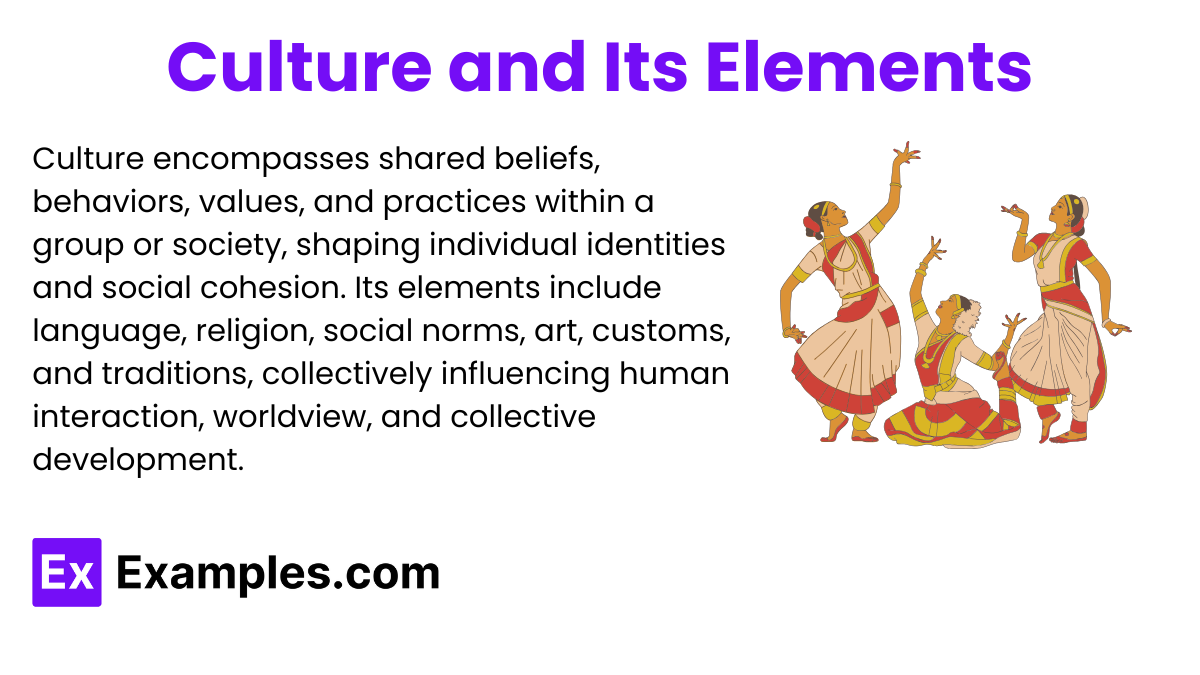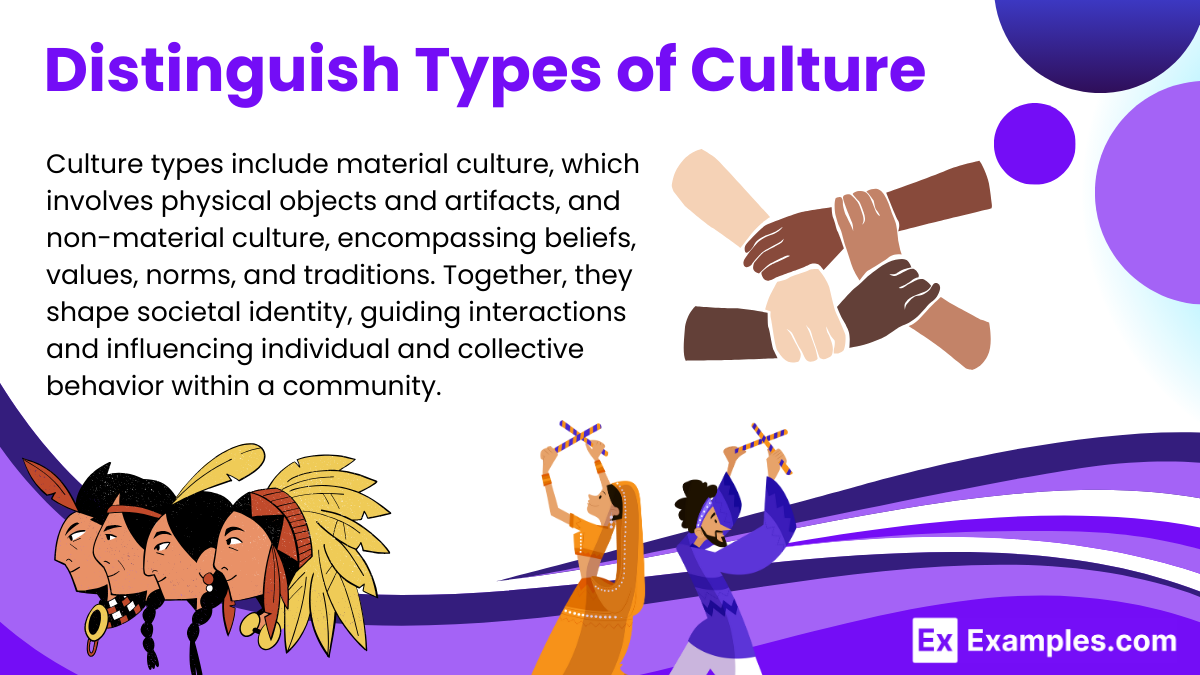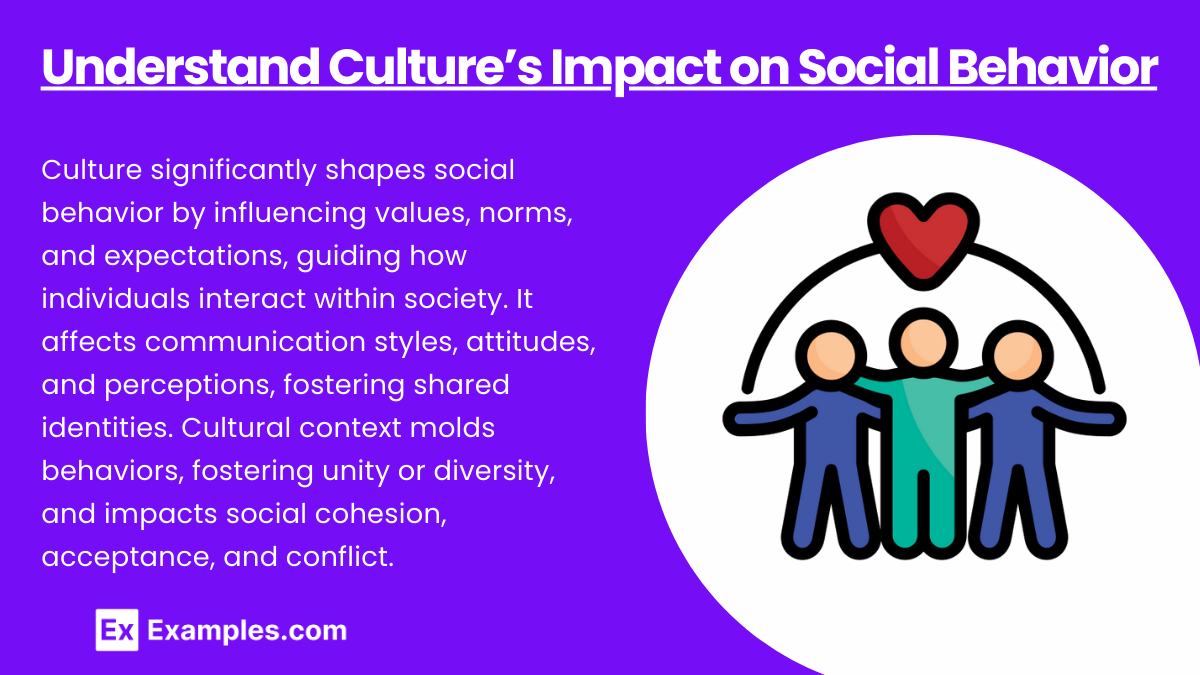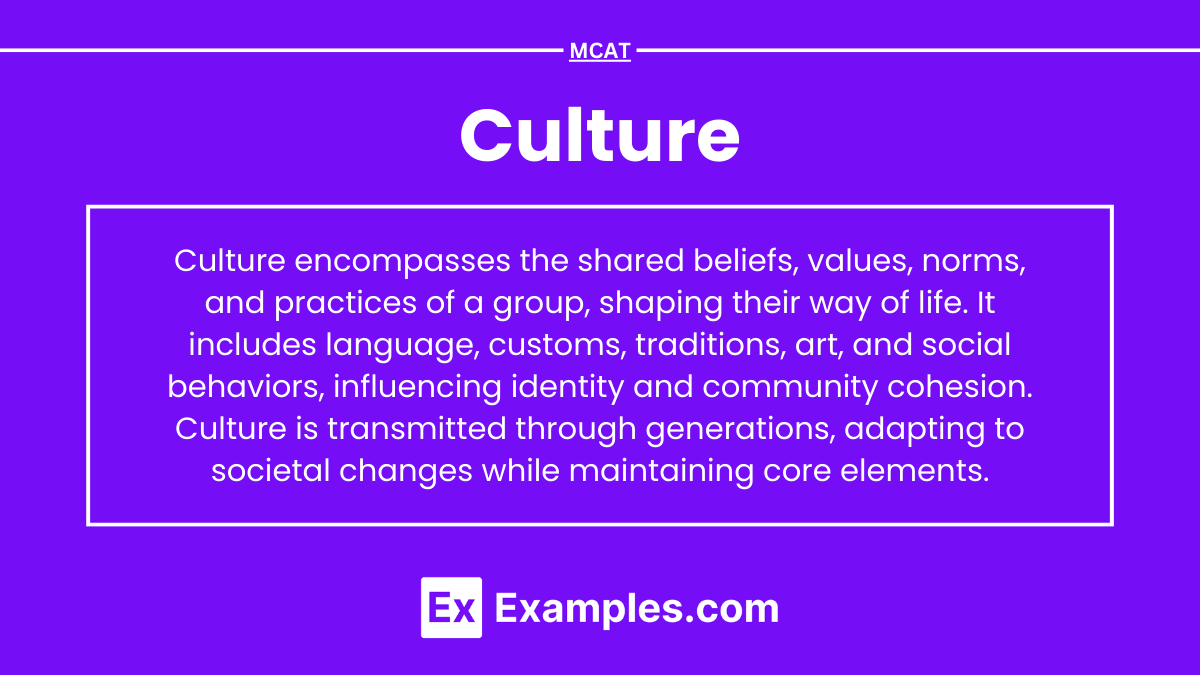Preparing for the MCAT necessitates a profound comprehension of culture, essential for mastering the Psychological, Social, and Biological Foundations of Behavior. Understanding cultural norms, values, and social structures, as well as their influence on individual and group behavior, equips you with crucial insights into human interaction, vital for excelling on the MCAT and understanding complex social functions.
Learning Objective
In studying “Culture” for the MCAT, you should develop an understanding of how cultural factors influence individual and collective behaviors, including socialization, norms, values, and symbols. Explore the impact of cultural diversity, subcultures, and countercultures on social interactions and societal structures. Evaluate how cultural beliefs and practices shape identity and perceptions across various societies. Additionally, understand the role of cultural transmission in maintaining and adapting social norms over time. Apply this knowledge to interpreting behavioral data in diverse cultural contexts and solving MCAT practice questions on social behavior, identity, and group dynamics.
1. Culture and Its Elements

- Definition: Culture is the framework of shared beliefs, values, symbols, and practices that shape the behavior and identity of a group. It’s an essential way people find meaning and belonging in their social environments.
- Key Elements:
- Values and Beliefs: These are the core principles that reflect what a culture considers important (e.g., freedom, loyalty).
- Norms: Social rules that dictate acceptable behavior, such as folkways (customs like greetings), mores (ethical standards), and taboos (forbidden behaviors).
- Language and Symbols: Language is the primary means of cultural transmission, while symbols (like national flags) convey deeper meanings.
- Artifacts: Physical objects, like clothing and tools, that reflect cultural values and technological advancement.
2. Distinguish Types of Culture

- High Culture: Associated with the elite, such as classical music, literature, or fine arts. It often reflects society’s ideals and prestigious practices.
- Popular Culture: Encompasses mainstream activities, music, and fashion embraced by the general public (e.g., pop music, fast food). It’s influential in shaping everyday social interactions.
- Subculture: A smaller group within a larger culture, distinguished by unique values or behaviors. Examples include youth culture or specific hobby communities.
- Counterculture: Groups that reject or oppose dominant cultural norms, often advocating for societal change. The 1960s countercultural movements in the U.S. exemplify this.
3. Cultural Transmission and Diffusion

- Cultural Transmission: The process of passing down culture through generations, typically within families and communities. It’s foundational for continuity and identity within a culture.
- Cultural Diffusion: The spread of cultural elements across societies, often accelerated by globalization. For instance, Western fast-food chains are now common worldwide.
- Acculturation and Assimilation:
- Acculturation: The process of adapting elements from another culture while maintaining one’s original cultural identity.
- Assimilation: When minority groups gradually adopt the customs and values of the dominant culture, sometimes leading to the loss of their unique cultural identity.
4. Understand Culture’s Impact on Social Behavior

- Collectivism vs. Individualism: Cultures oriented around collectivism value group harmony and cooperation (common in Eastern cultures), while individualistic cultures prioritize personal autonomy and achievement (more prevalent in Western societies).
- Social Norms and Deviance: Culture dictates acceptable behavior, and deviation can lead to social consequences or marginalization. Understanding what is labeled as “deviant” can reveal much about a society’s values.
- Conformity and Obedience: Social pressure to conform is culturally shaped. Studies like Milgram’s on obedience highlight how people follow authority, often to align with societal norms.
5. Impact on Health and Medicine

- Health Beliefs and Practices: Cultural factors shape attitudes toward healthcare, influencing practices like diet, exercise, and mental health treatment. In some cultures, traditional medicine is preferred, while others may embrace modern medical practices.
- Cultural Competency in Medicine: Effective healthcare requires understanding patients’ cultural backgrounds. For instance, dietary restrictions, family roles in decision-making, and religious beliefs can impact patient care.
- Importance for the MCAT: Cultural competency is key in medicine for effective patient communication, adherence to treatment, and reducing health disparities across diverse populations.
Examples
Example 1: Influence of Cultural Norms on Behavior
- Cultural norms shape individual behavior by establishing expectations within a society.
- For example, in collectivist cultures, people may prioritize group harmony over individual expression, impacting decision-making, relationships, and social interactions.
- This influence can affect everything from family dynamics to workplace behavior, illustrating how cultural norms guide actions in daily life.
Example 2: Impact of Cultural Values on Health Beliefs
- Cultural values shape how people perceive health, illness, and treatment.
- For instance, some cultures may prioritize traditional healing practices and view modern medicine with skepticism, while others might value scientific approaches to healthcare.
- These cultural differences impact patient interactions with healthcare systems and adherence to treatment.
Example 3: Role of Language in Cultural Identity
- Language is a key element of cultural identity, connecting people through shared words, expressions, and meanings.
- Bilingual or multilingual individuals often navigate multiple cultural identities, adapting language use depending on context.
- Language preservation efforts are important for maintaining cultural heritage, especially in communities facing assimilation pressures.
Example 4: Cultural Influence on Gender Roles
- Gender roles vary widely across cultures, influencing expectations for behavior, responsibilities, and career choices.
- In some cultures, traditional gender roles are emphasized, while others advocate for gender equality and fluidity.
- These roles impact everything from family dynamics to workforce participation, illustrating cultural diversity in gender perceptions.
Example 5: Cultural Adaptation in Immigrant Communities
- Immigrants often experience cultural adaptation, balancing original cultural practices with those of their new environment.
- This adaptation can lead to bicultural identities, where individuals retain aspects of their heritage while embracing elements of the dominant culture.
- Cultural adaptation affects social relationships, language use, and even mental health as individuals navigate multiple cultural expectations.
Practice Questions
Question 1:
Which of the following best describes the influence of cultural norms on individual behavior?
A) Cultural norms have no impact on individual decisions.
B) Cultural norms only affect individuals in family settings.
C) Cultural norms guide expected behavior within a society.
D) Cultural norms are universally the same across all cultures.
Answer: C) Cultural norms guide expected behavior within a society.
Explanation:
Cultural norms are shared expectations within a society that shape how individuals behave. These norms differ across cultures, setting standards for acceptable behavior, decision-making, and social interactions.
Question 2:
How might cultural values impact an individual’s healthcare decisions?
A) Cultural values have no influence on healthcare choices.
B) Individuals may prioritize traditional practices over modern medicine.
C) Healthcare choices are only influenced by economic factors.
D) Cultural values only affect dietary preferences, not healthcare.
Answer: B) Individuals may prioritize traditional practices over modern medicine.
Explanation:
Cultural values can shape beliefs about health and treatment methods. Some cultures may prefer traditional healing methods, affecting their engagement with modern healthcare practices and adherence to prescribed treatments.
Question 3:
What role does language play in cultural identity?
A) Language has no role in cultural identity.
B) Language helps connect people through shared expressions and meanings.
C) Language only influences academic success.
D) Language solely reflects regional accents, not cultural identity.
Answer: B) Language helps connect people through shared expressions and meanings.
Explanation:
Language is an essential part of cultural identity, allowing individuals to connect and express shared values, beliefs, and traditions. It plays a crucial role in maintaining cultural heritage and shaping social identity.


